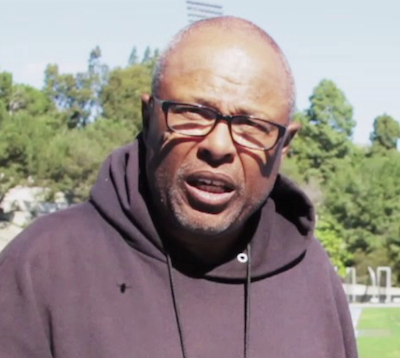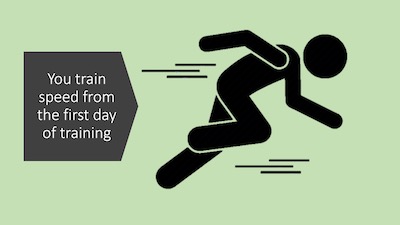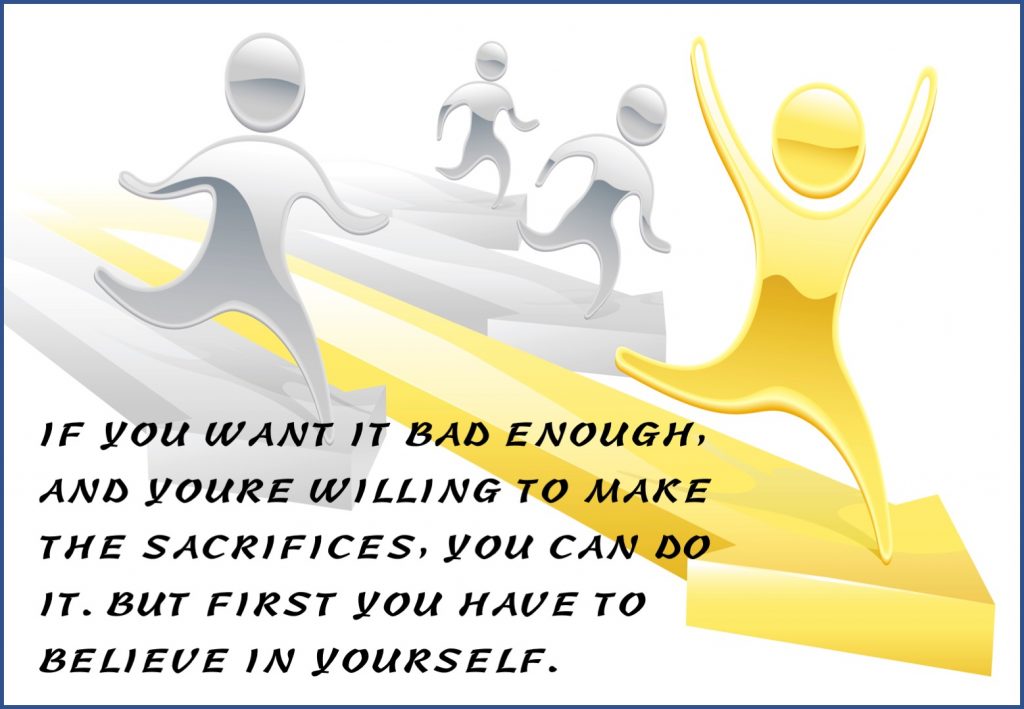
Author: Dora
Sprint Success In the 100-200 & 400 Meters

The 100, 200, and 400 meters are sprint races with different race requirements, tied together by one unavoidable and critical element: SPEED! Raw, unabashed, pedal to the metal, flat out speed. This is the main criterion for success, the final arbiter if you are going to run fast in either of the three sprint disciplines. And then to make matters worse, as the coach you are faced with a young man or woman who can:
- Run on your 4×100, 4×200 & 4×400
- Is your best 100-200 person
- Is your best 200-400 person
- And can even bust a leg on your 4×800 or Distance Medley
How do you train someone with such incredible range and the capacity to be successful using so many different energy systems? The high school and developing young sprinter must also deal with the accumulative stress from a long season, a long school year, and the rigors of being a teenager, including: puberty, boyfriends, girlfriends, being a multi-sport athlete, having a job, being responsible for siblings, parents who don’t support their kids or don’t want them to be athletes, being a “latchkey kid”, or having to endure the heartache of a divorce. In the midst of all of that, answer these questions:
- How do you give them enough speed development?
- How do give them enough speed endurance?
- How do you develop their aerobic endurance?
- How do you give them enough strength work?
- How many races can they take per season?
- And in the midst of it all, how do you give them enough rest?
These are all critical areas that I plan to cover in this manual. The concept of sprint training being a process of establishing a race model is one that every sprint coach must learn.
To read further download the short eBook below
Coach Tony Veney

Tony Veney has extensive successful coaching experience in high school, collegiate athletics (NCAA Divisions 1, 2, and 3), as well as national and international competitions. Tony has coached track and cross country at the University of Oregon, Portland State University, and UCLA over the past 17 years.
Coach Veney holds a master of coaching certificate and is a USA Track & Field (USATF) Level I-II-III mentor. Tony is a frequent speaker at national track and field clinics and has created many videos plus written books in the sprint and hurdle disciplines.
A more detailed bio about Coach Veney and his eBooks can be found on Complete Track and Field. A selection of his videos are available on Athletic TV.
The all-important factor of mental attitude
“By using a training program involving a gradual adaptation to stress over a prolonged period of time, workouts consisting of both quality and quantity may be accomplished. However intensive training absolutely does not insure successful racing. The training merely makes successful racing possible. A runner must have the all-important factor of mental attitude, a will to win, a subconscious desire for victory, courage, tenacity, and a competitive “killer instinct” in order to achieve racing success.” More wise words from Fred Wilt from the introduction to “How They Train – Half Mile to Six Mile” written in 1959. Take out the word runner and substitute athlete and this applies to any sport!
Vern Gambetta
There are no secret programs or shortcuts to athletic excellence

To understand what good training is, you must separate fact from fiction and style and marketing claims from programs that have substance and produce consistent results. Along the same line of thought beware of false prophets of the bearing gifts. Nothing easily attained is ever worthwhile and nothing worthwhile is easily attained. There are no secret programs or shortcuts to athletic excellence. Great training programs focus on fundamentals and build on the basics. Good training is built upon empirical evidence and best practices that has stood the test of time. Adaptation takes time; the process is predictable based on the demands imposed on the body. Nothing exotic here, it is all very basic, if someone tells you otherwise, don’t listen. Take your time and stay on the functional path to the destination – optimum performance in the competitive arena.
Believe in Yourself
Making Excuses
Talent is nothing more than potential
Importance of Goals
You are what you train to be!

Let’s not overcomplicate this. You coach speed into the athlete by training speed at the appropriate time in the workout, using an appropriate method and dosage for the time of the training year. You train speed out by doing all sorts of general nonspecific work and slow ”base building” type of work, in short, emphasising volume. Remember you are what you train to be! To be fast you must train fast. When I hear a coach say I have not started speed work yet, I just smile, and I hope we can compete against those teams or individuals often. You train speed from the first day of training until the last. Remember the stimulus for speed is high-quality intense work. It does not take much to dull speed.




